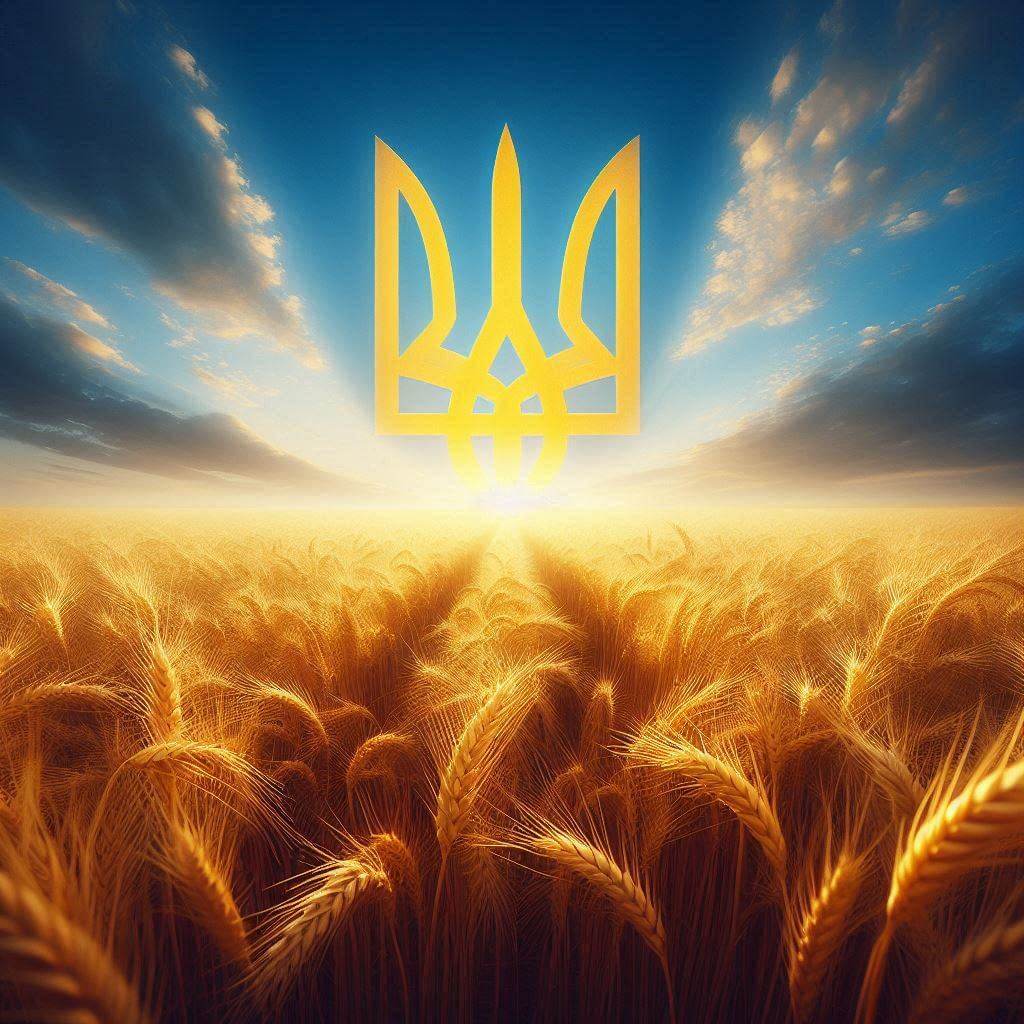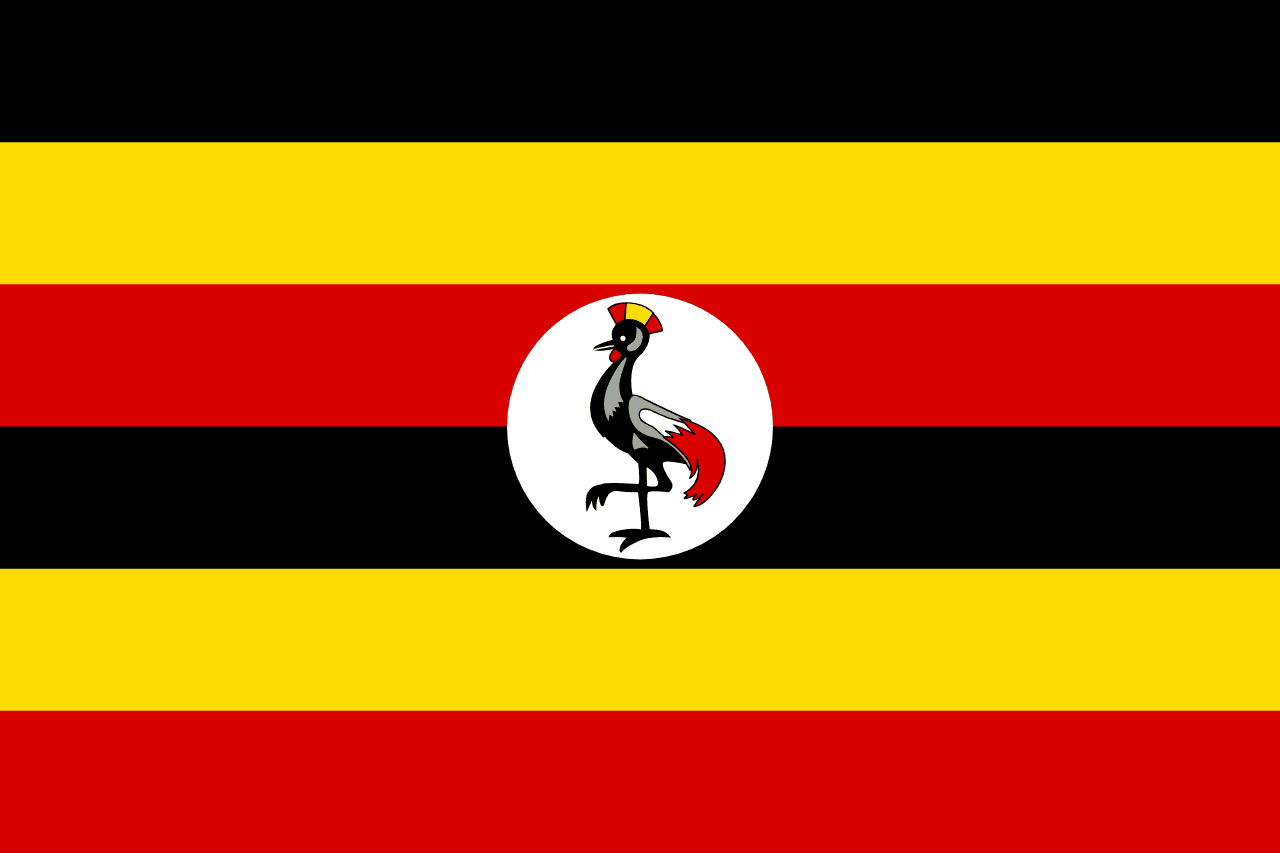The flag of Ukraine consists of two horizontal stripes of blue and yellow. This simple yet powerful design embodies the spirit and identity of the Ukrainian nation, representing its rich history, cultural heritage, and aspirations for the future.
Ukraine information
| National Flag Day | August 23 |
| Sovereign state | Yes |
| Official name | Україна (Ukraine) |
| Capital | Kyiv |
| Population | 41,998,000 |
| Area | 603,700 km² |
| Currency | Ukrainian hryvnia (UAH) |
| Language | Ukrainian |
| Continent | Europe |
| Region | Eastern Europe |
| Subregion | — |
| Borders | Russia, Belarus, Poland, Slovakia, Hungary, Romania, Moldova |
| Timezone | Eastern European Time (EET) UTC+2 |
| Calling code | +380 |
| Top-level domain | .ua |
History of the Ukrainian flag
 The current Ukrainian flag was officially adopted on January 28, 1992, following Ukraine's declaration of independence from the Soviet Union. However, its origins can be traced back much further. The blue and yellow colors have been associated with Ukrainian lands since medieval times, appearing in the coat of arms of the Kingdom of Galicia–Volhynia in the 13th-14th centuries.
The current Ukrainian flag was officially adopted on January 28, 1992, following Ukraine's declaration of independence from the Soviet Union. However, its origins can be traced back much further. The blue and yellow colors have been associated with Ukrainian lands since medieval times, appearing in the coat of arms of the Kingdom of Galicia–Volhynia in the 13th-14th centuries.
During the 1848 Revolutions, these colors were used by Ukrainian activists in the Austro-Hungarian Empire. The blue and yellow flag briefly served as a national symbol during Ukraine's short-lived independence in 1917-1920, before being suppressed during the Soviet era. Its resurgence and official adoption in 1992 marked a return to Ukraine's historical roots and a symbol of its renewed independence.
Symbolism and design of the Ukrainian flag
The Ukrainian flag's design is imbued with deep symbolism. The upper blue stripe represents the vast sky above Ukraine, symbolizing peace, tranquility, and the nation's aspirations. It also evokes the country's numerous rivers, including the mighty Dnieper. The lower yellow stripe symbolizes the golden wheat fields that blanket much of Ukraine's fertile land, representing the country's agricultural wealth and its historical role as the "breadbasket of Europe".
Together, these colors paint a vivid picture of Ukraine's landscape: blue skies stretching over golden fields. This imagery resonates deeply with Ukrainians, encapsulating their connection to the land and their cultural identity.
Usage and significance of the Ukrainian flag
 The Ukrainian flag serves as a powerful symbol of national identity and unity. It is prominently displayed on government buildings, schools, and public spaces throughout the country. During national holidays such as Independence Day (August 24) and Constitution Day (June 28), the streets of Ukrainian cities are adorned with countless flags, fostering a sense of pride and patriotism.
The Ukrainian flag serves as a powerful symbol of national identity and unity. It is prominently displayed on government buildings, schools, and public spaces throughout the country. During national holidays such as Independence Day (August 24) and Constitution Day (June 28), the streets of Ukrainian cities are adorned with countless flags, fostering a sense of pride and patriotism.
In times of crisis or national struggle, the flag has taken on additional significance. During the 2013-2014 Euromaidan protests and the ongoing conflict in eastern Ukraine, the flag has become a rallying symbol for those defending Ukraine's sovereignty and European aspirations.
Internationally, the Ukrainian flag represents the country at diplomatic events, sports competitions, and cultural exhibitions. It serves as a visual ambassador, instantly recognizable and evoking the spirit of the Ukrainian people.
Interesting facts about the Ukrainian flag
- The Ukrainian flag is one of the simplest national flags in the world, yet its colors and symbolism resonate deeply with the Ukrainian people.
- The blue and yellow colors of the flag are often seen in traditional Ukrainian attire, art, and architecture, further emphasizing their cultural significance.
- In 2004, Ukraine established a national flag day on August 23, celebrating the flag's importance in national life.
- During the Soviet era, displaying the blue and yellow flag was considered an act of dissent and could lead to severe punishment.
- The flag's colors have inspired numerous nicknames for Ukrainian sports teams, such as "Жовто-Блакитні" (Yellow-Blues) for the national football team.





